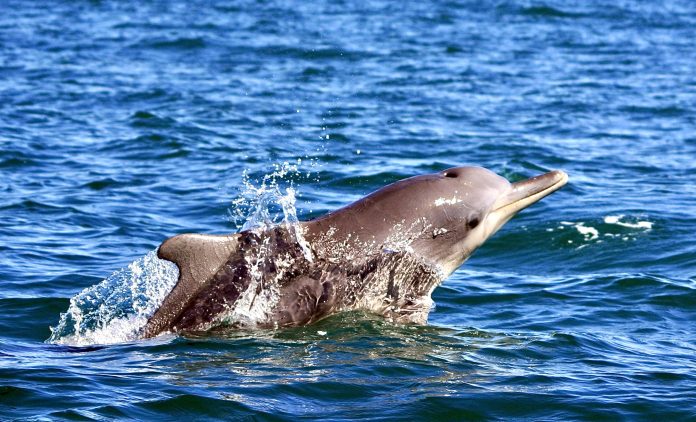
Urgent! Public Comments Needed To Help Protect Critically Endangered Atlantic Humpback Dolphins Under The Endangered Species Act
By Lauren Lewis
You can help all animals and our planet by choosing compassion on your plate and in your glass. #GoVeg
RELATED ARTICLES
Banning Cruelty: New Legislation Aims To Ban Octopus Farming In The U.S.
New bipartisan legislation has just been introduced in the U.S. to ban commercial octopus farming and prohibit imports of farmed octopus from foreign countries.
The...
Outrage In Yellowstone! Grizzly Bear Killed By Wildlife Officials & Left With Head & Paws Cut Off
Photo by: Trisha McFarland / Cowboy State Daily
A photo of a dead grizzly bear with its head and paws cut off has caused an...
Inside Florida’s Illegal Horse Meat Trade: Undercover Footage Shows Racehorse Being Shot & Butchered
A heart-wrenching discovery of illegal horse slaughter has emerged, with video footage exposing the tragic killing of a racehorse named 'Funny Biz,' who was...
Popular stories
News
U.S. & Norway Conduct Cruel Sonar & Noise Experiments For Oil & Gas Exploration Endangering Whales While Delivering No Results
A risky and reckless experiment in Norway to test how whales would respond to ocean noise ended on June 30th with no measurable results, except...
News
Major Oil Spill Off The Coast Of Southern California As 126,000 Gallons Leak Into The Pacific Causing A Major “Ecological Disaster”
Photos by: Mark Girardeau
The City of Huntington Beach has confirmed the tragic news that 126,000 gallons of oil has spilled off the coast of Southern California.
According...
News
Born Free’s New Report Reveals The Horrific Suffering Of Captive Elephants Calling For A Phase-Out Of Enslaving Elephants In Zoos
International wildlife charity Born Free has released a new report revealing the true extent of the pain and suffering of elephants held captive in zoos....


